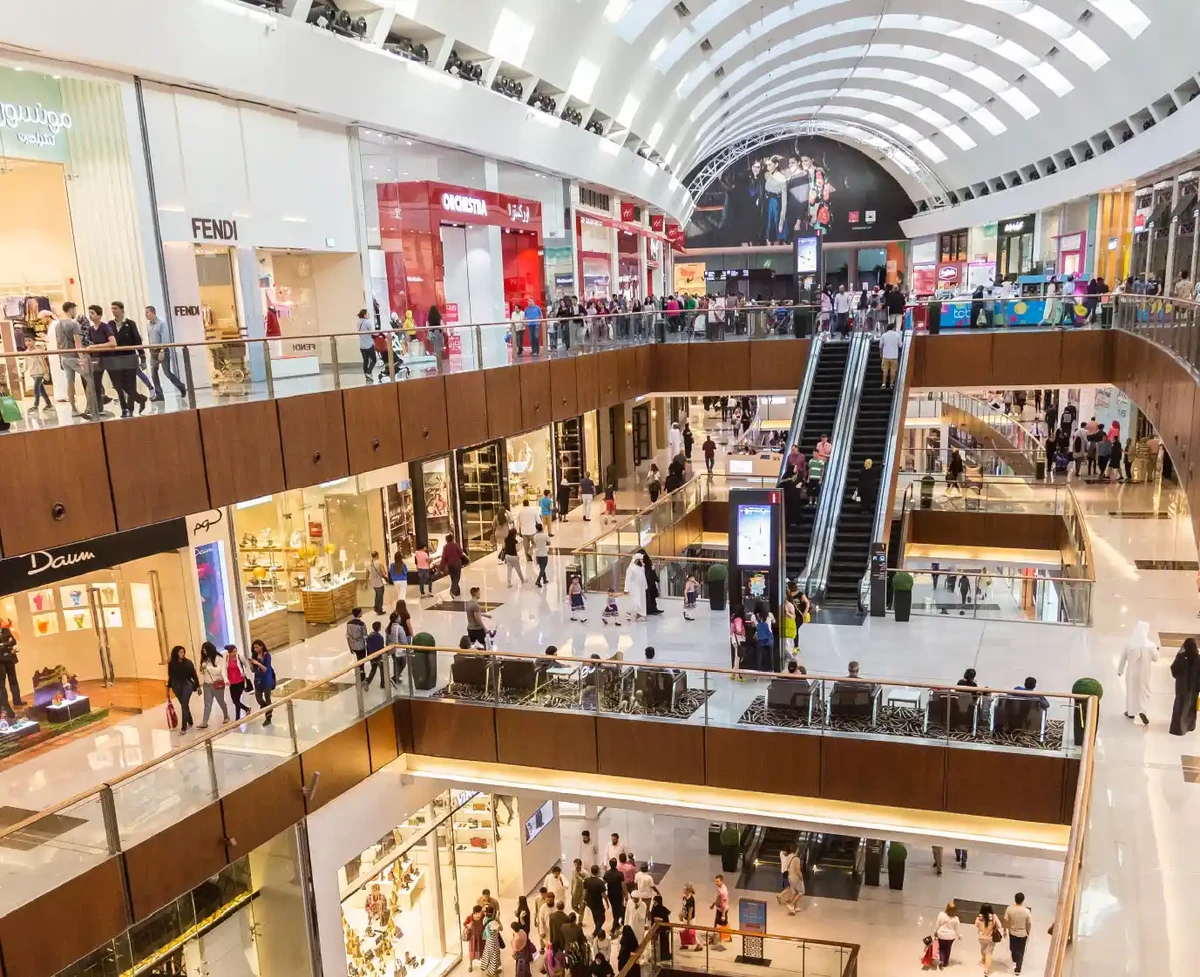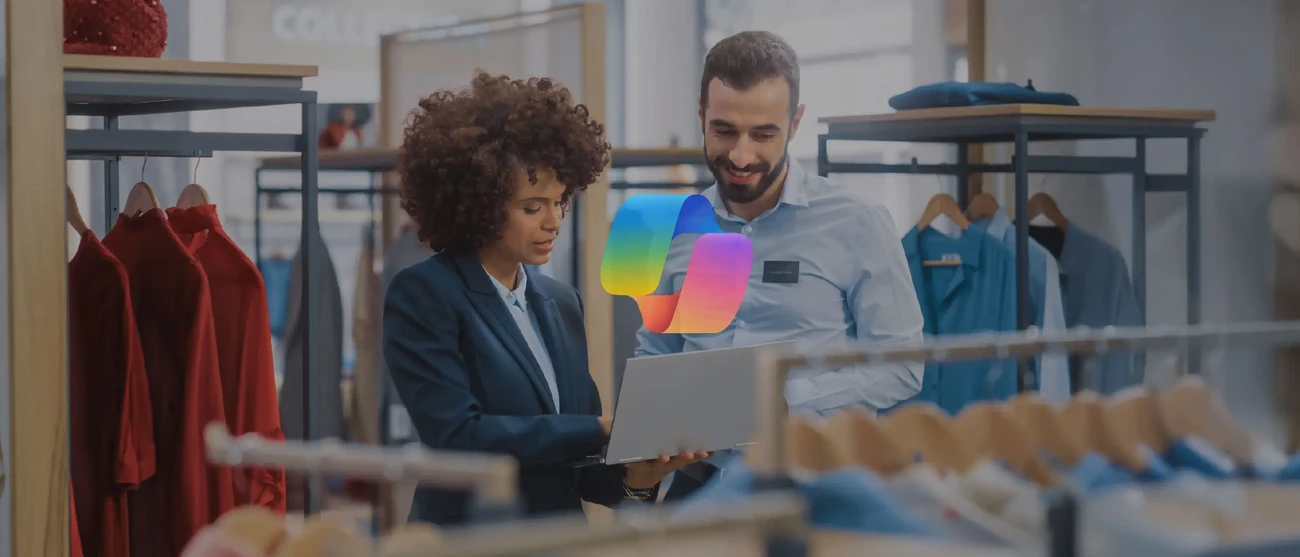Tuesday, 6 May 2025
Canadian Retail In The Age of AI Revolution

Canada has long been a beacon for AI and digital technology, with research hubs coast to coast and a history of innovation that reshaped how we interact with the world—Blackberries included.
As advanced consumer economies emerge globally and AI, self-service tech, and automation investment surges, Canada continues to lead. Expectations for seamless, high-quality experiences are at an all-time high.
90% of Canadian consumers prefer personalized experiences, and 80% say personalization makes them more likely to buy. [1]. Meanwhile, 33% actively abandon brands that fall short on personalization. [2].
In today’s competitive landscape, retailers must do more than segment audiences—they must treat every customer like a unique individual. Marketing, selling, fulfillment, and operations all need to align around personalization.

Personalization Starts with the Fulfillment Chain
One of the most consistent consumer expectations—online or in-store—is rapid availability and delivery.
Modern trends evolve quickly. During COVID, consumers learned to delay purchases due to high prices, limited stock, delayed deliveries, and servicing issues [3].
With over a million new consumers joining the Canadian economy annually [4], supply chains must be agile and responsive—avoiding overstock while keeping inventory flowing efficiently.
Generative AI has become a game-changer. Microsoft, for example, has embedded AI deeply into enterprise workflows. With Copilot for Dynamics 365 Supply Chain Management, leaders can now act on insights previously out of reach.
Whether dealing with new orders, changes, or disruptions, these tools let leaders stay ahead and better serve consumers as expectations evolve.
Feature video: New Microsoft Copilot capabilities in Dynamics 365 Supply Chain Management
Brands and Retailers Must Have Internal Visibility and Insight
While avoiding disruptions and unexpected changes is critical to maintaining the growth and profitability of established retailers, setting a vision for the future is critical to achieving organizational goals without losing speed.
In this context, it can simply become difficult to keep up with consumers. Social media now governs much of what we buy, with 47% of consumers using it to access exclusive deals and promotions, 39% using it to discover new products, and between 30 and 36% responding to it on the basis of visual inspiration, targeted ads and recommendations from family and friends .
This hyper-connected consumer doesn’t just get served overnight. Retailers need to be able to anticipate these challenges through a connected supply chain that not only manages operational challenges, but allows for comprehensive demand planning that takes all factors into consideration and provides clarity to the vision that retail leaders set out.
That’s where solutions like Microsoft’s new demand planning functions for Dynamics 365 enable more accurate inventory management, higher customer satisfaction, improved collaboration and resource allocation and better strategic planning, not just through the benefit of machine learning-based AI that understands your business at its core and provides key insights and metrics, but yes, with additional Copilot capabilities that make it easy to evaluate the quality of your data, remove outliers and prioritize your key markets to maximize business performance.


Let’s Talk About Your AI Retail Strategy
Ready to personalize every touchpoint and future-proof your retail business? Connect with us to explore how we can help.
Consumers Need to be Appealed to, Right Through the Point of Sale
Most Canadian retailers have made comprehensive efforts to provide omnichannel experiences to their customers. Just as omnichannel becomes the norm, however, so do standards change and expectations continue to increase.
Consumers today are increasingly seeking out Unified Commerce experiences that not only reach them across all channels, but bridge the divide between online shopping experiences, third-party marketplaces and more traditional points of sale.
Fifty-four percent of consumers say that they are looking to buy products online and pick them up in store. Conversely, 53% indicate that they are liable to evaluate products in-store but then buy them online. More than half additionally want to know what’s in stock at local stores when they shop online, while many also seek out in-store returns of online purchases and nearly 60% say BOPIS-like experiences are important to them.
Ultimately, aligning both the online and in-store experience you offer is critical to meeting consumer expectations and making the sale. In the Dynamics space, Microsoft is now enabling retailers to create more personalized experiences across connected and in-store applications with the Azure cloud, in addition to offering greater insight on the performance of store associates and even create Copilot-based applications that enable store associates to provide better guidance and insight to shoppers as they “walk the aisles”. Modelling consumer data and further driving offers down to the individual consumer are also among the critical new capabilities available for retailers today.
How Retailers Can Know What to do Next
Integrating new technology can be challenging without a holistic approach. The experience you provide your consumers can often be the decisive factor in their willingness to return. Talan has worked hand-in-glove with Microsoft to evaluate trends and see what’s next in offering personalized experiences, and through the power of AI, you have the ability to anticipate your consumer needs like never before – without struggling frantically to keep up.
Related topics
Sources
[1] Retail Insider, « Why Personalization is Crucial to the Customer Experience for Brands Targeting Canadians », mars 2020.
[2] Retail Insider, « Consumer Loyalty Trends in Canada: The Crucial Role of Personalization in a Changing Economy », septembre 2023.
[3] Banque du Canada, « Enquête canadienne sur les attentes des consommateurs – Troisième trimestre de 2022 », octobre 2022.
[4] CBC, « Canada added more than 1 million people in 2023 — the biggest population increase ever », mars 2024.

